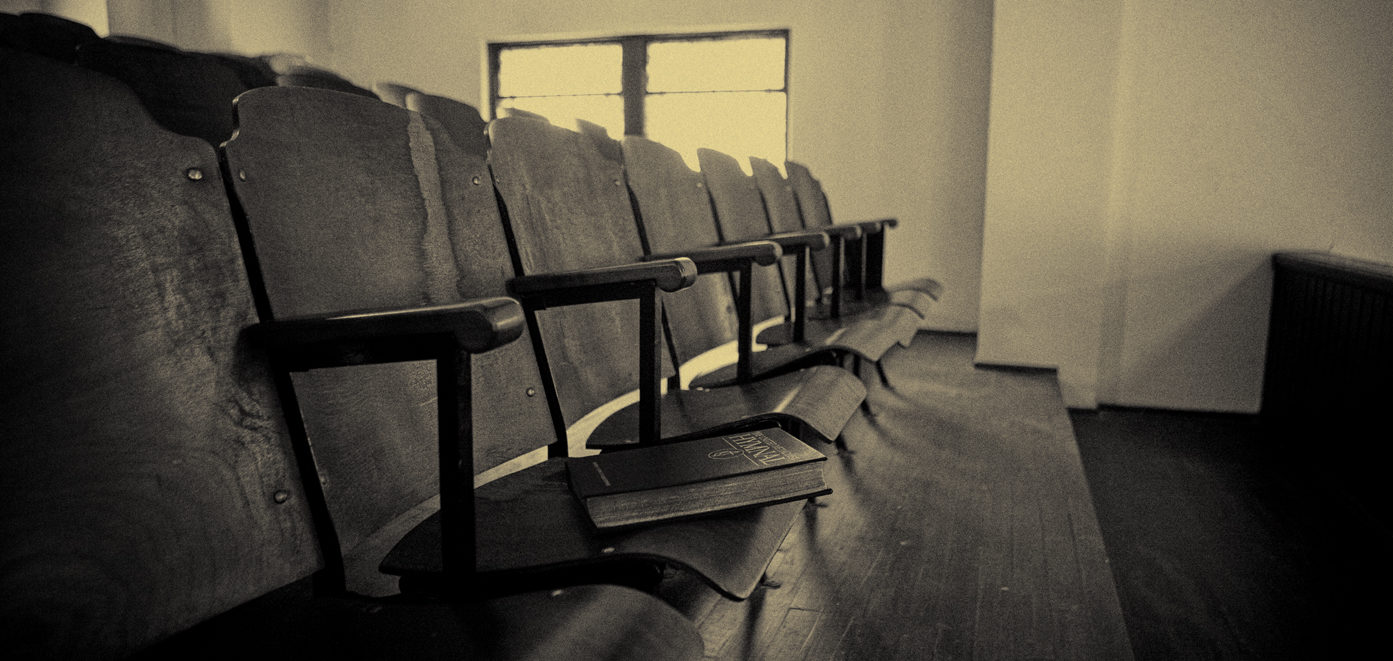Jazz legend Thelonious Sphere Monk was born in Rocky Mount, North Carolina on October 10, 1917. The son of Thelonious and Barbara Monk, his home was on Green Street in an area known as “Around the Y,” after a railroad bend nearby. It was a well-to-do area in the city’s black community.
When Monk was four, his mother moved with him and his two siblings to Manhattan, New York. It was there that Monk achieved his fame and he never returned to live in North Carolina. His father joined the family for a time before moving back to North Carolina.
While he lived in New York, his family — particularly his mother — clung to their southern heritage, and many believe that his composition, “Little Rootie Tootie” was inspired by the frequent train whistles he heard as a child in Rocky Mount.

The Monks had southern foods and his mother maintained a strong connection to the Baptist church. He started playing his grandparents’ piano at age six. His early influences were Duke Ellington, Louis Armstrong, Earl “Fatha” Hines, Art Tatum, and Fats Waller among others.
Thelonious won so many competitions as a child at the Apollo Theatre, they eventually told him he couldn’t enter any longer.
He got married to Nellie Smith in 1947 and made his first recordings. He formed the Thelonious Monk Quartet, which featured future legend John Coltrane.
Monk was known for composing some of the most unique and challenging jazz tunes of the “bebop” style. Along with Charlie Parker and Dizzy Gillespie, he was a key player in his generation. His music was also among the first solely based on jazz and not other music forms. He was largely self-taught and by the 1940s, he was known as “The High Priest of Bop.”
His album Brilliant Corners helped launch his career and a recording contract with Columbia Records. He also landed on the cover of Time magazine in 1964.
In 1951, he served jailtime on a drug possession charge and lost his cabaret license, a permit that allowed musicians to play in clubs in that served alcohol. With the help of jazz patron Baroness Pannonica de Koenigswarter, he was able to get his permit again after several years.

His most famous tunes are “Round Midnight” and “Blue Monk” and he’s the most recorded jazz musician in history. A documentary, Thelonious Monk Straight, No Chaser was released in 1988.
He rarely returned to North Carolina, but did play a 10-night stand in May 1970 at Raleigh’s Frog and Nightgown Club.
Monk played venues from Carnegie Hall to the Newport Jazz Festival to the White House. He was famously known for saying, “The piano ain’t got no wrong notes.”
Monk died of a stroke on February 17, 1982. In 1993, he was posthumously awarded the Grammy Lifetime Achievement Award and in 2006 he was awarded a Pulitzer Prize Special Citation. He’s also featured on a postage stamp.
To honor his father’s legacy, Monk’s son Thelonious Monk III, also a jazz musician, started the Thelonious Monk Institute of Jazz in the 1980s.
Sources:
“Digging Up Thelonious Monk’s Southern Roots,” NPR
Twin County Museum Hall of Fame
NCPedia


Don’t forget the band leader Kay Kyser of Rocky Mount. His mother was the first female pharmacist in NC and operated a pharmacy on Church St in Rocky Mount…
He’s on the list as is Bo Thorpe — thanks for the reminder!Didn’t know that about his mother. Do you remember the name of the pharmacy?
Kyser drugs
I bought the book about Kay Kyser from Steven Beasley when he did a presentation at braswell library. Got it signed by author. Copyright on book is 2009.
Very nice. Kyser is an interesting character as well. I’m going to have something on him before too long.
I saw/heard Monk play at Detroit’s Cobo Hall in the mid-sixties – fan for a lifetime…
That sounds like something you should write about … I’d like to read it.